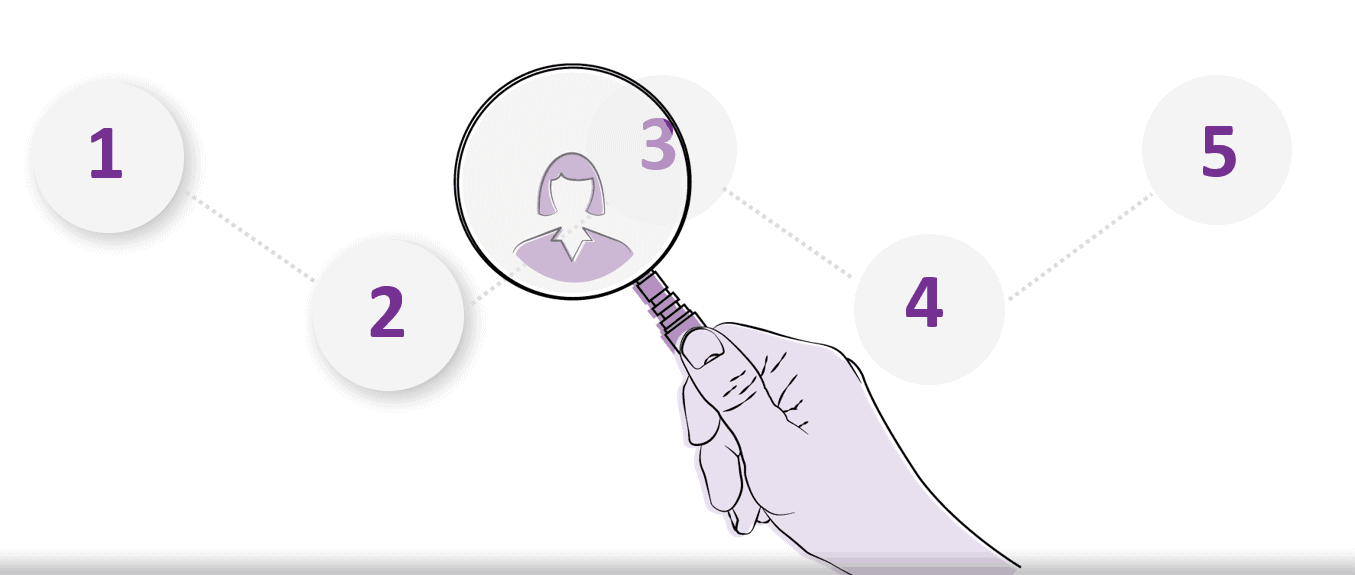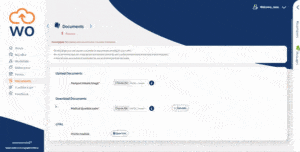Interviews have been completed, offers accepted and now the onboarding process can begin. Contracts need to be signed, references checked, policies shared and first-day arrangements made.
This is a critical part of the hiring process, the various tasks required to integrate new hires into an organisation take up around a quarter of HR time with the onboarding cost per hire estimated to be £195.
But these onboarding costs are multiplied by ‘non-boarding’ – this is when candidates, for whatever reason, drop out of the process before onboarding has been completed. It means that time and HR admin costs are incurred, without any organisational benefit.
It’s a growing problem faced by HR teams as changes to the recruitment environment have increased the risk of ‘non-boardees’. A 2017 survey found that 15 percent of employees admit to having pulled out of jobs during the onboarding stage.
Cost of onboarding drop-out
The most common reason is that applicants are juggling a number of offers before making a final decision. It can also result from the frustrations caused by delays and inefficiencies during onboarding.
What exacerbates the problem is the common practice of ‘ghosting’ – this is when candidates fail to inform HR of their decision. Instead, they simply stop responding to communications – emails go unanswered, calls aren’t returned.
It creates a sizable headache for hiring teams as they try to monitor the status of candidates – are they slow to respond to a communication or have they dropped out of the process? The longer it takes to establish this, the more costly it becomes.
It also creates GDPR compliance issues as personal data collected from ‘non-boardees’ is liable to remain within an organisation. It’s an issue that was highlighted by a panel of legal, HR and onboarding experts at the the recent ‘Data risk of new hires’ webinar.
Digital solution to non-boarding
This is a problem that technology is helping HR to handle. Cloud-based management systems and access to real-time data are creating smarter and more scalable ways to monitor onboarding status.
A system such as webonboarding handles all of the communications required between HR, hiring managers and onboardees via an online portal. It allows each stage of the process to be tracked and managed in real-time.
An onboarding checklist allows HR see the exactly what stage of the onboarding process each new hire has reached, along with the remaining tasks needed for the process to be completed.
With a fast, simple and efficient system, it significantly reduces the risk of ‘non-boarding’ occuring. When it does occur, it gives hiring teams the tools they need to quickly identify when candidates drop-out – minimising wasted resources.
Automated collation of data and central management also allows non-boardee data to be safely removed – reducing the GDPR compliance risks that are caused by duplicate data and legacy documents remaining in a HR system.
As more of our recruitment processes are managed online, this ability to accurately monitor onboarding status is becoming an essential part of the hiring process. It’s an area where traditional approaches to onboarding – relying on posted paperwork, phone calls, emails and texts – are no longer fit for purpose.




